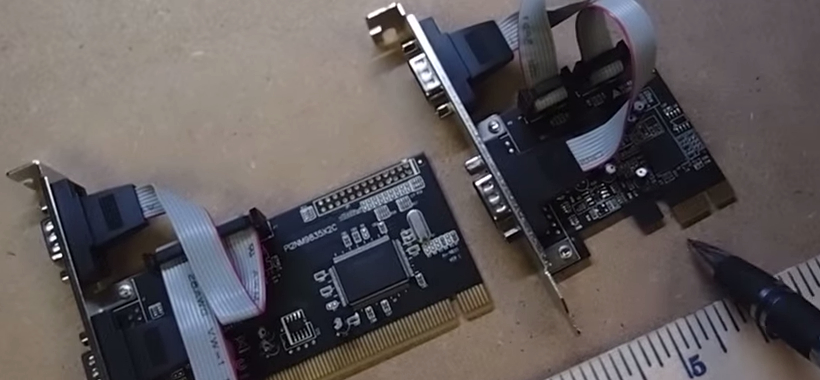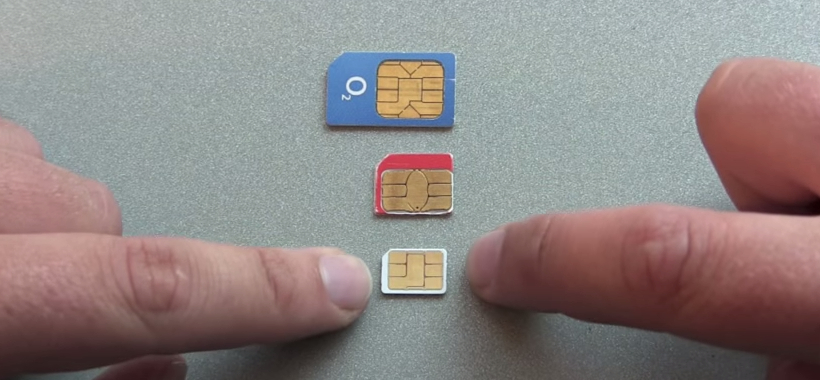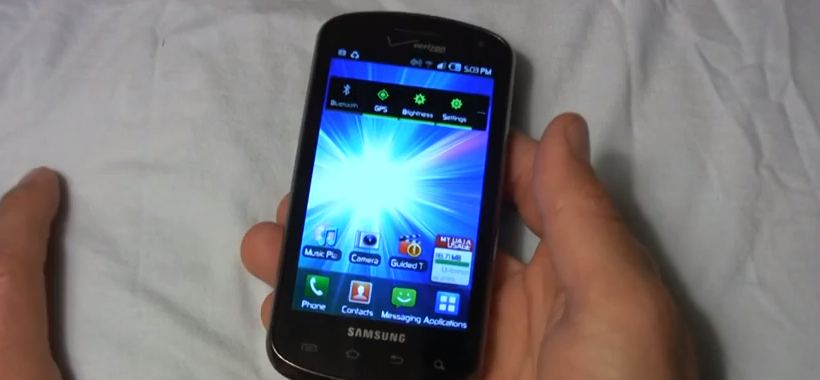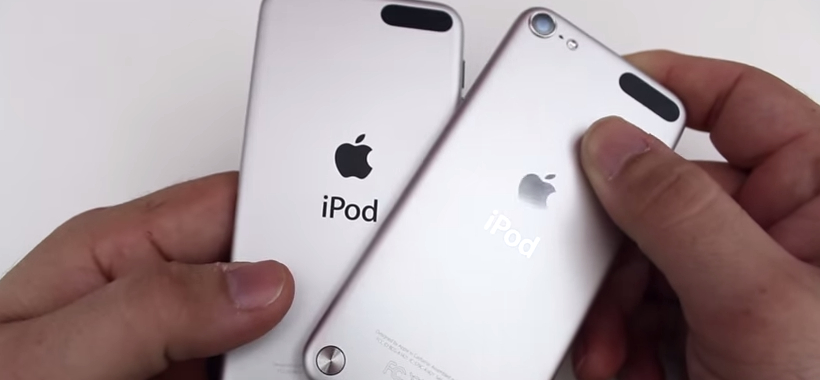Peripheral Component Interconnect Express (PCIe) and Peripheral Component Interconnect (PCI) cards may seem likely to be exact same card model, but make use of different connection types that possess different limit for the maximum performance capabilities of these cards. They are simply computer bus or expansion card standard, for connecting hardware devices. PCI-Express slots are mainly located on the motherboards and are strictly used for video cards while their counterpart PCI slots are slots present on virtually all motherboards which power-up different types of cards like soundcards, TV tuner cards, Universal Serial Bus and Fire-wire cards.
The Standing PCI
A standard PCI makes use of a shared bus topology, where every component must utilize the same bus network for all their processes while a PCI Express utilizes a serial link topology and happens to be the latest standard for expansion cards made available on personal computers.
Addition of the PCIe
The PCIe offers about 250 MB/s in each direction with a maximum allowable 32 lanes (x32), 8 GB/s supported in each direction and this has been known to increase with newer specifications while the PCI boasts a mere 64bit, 66MHz combination speed and peaks theoretical at a bandwidth of 512MB/s.
How Do They Differ?
In terms of graphic cards, the PCIe cards communicate better with the motherboard 40 times or greater than the rate of conventional PCI graphics cards due to the fact that PCIs are limited by bandwidth. While the additional bandwidth made available by the PCIe connection cards lets the graphics cards manage significantly more complicated graphical data analysis, which depicts that PCIe graphics cards are capable of producing better visuals than the common PCI graphics cards. It is although very possible for high powered Peripheral Component Interconnect cards to provide graphics that can better a low-powered PCI Express card.
They both possess different connection methods and even though they both possess “Peripheral Component Interconnect” in their individual names, they are still two major different technologies. They both possess backward- compatible and forward-compatible revisions for their individual port types and these can’t be interchanged.
While it is possible for the same card models to be available in both PCI and PCIe revisions, the PCIe versions of the card will significantly outperform or better the PCI versions of the same cards. Although, lesser-powered cards may tend to see the same level of performance on PCI and PCI Express cards due to the card not needing more bandwidth to perform optimally than the common PCI standard provides.
The PCI Express cards are here to stay and they are gradually replacing the earlier bus interfaces and for the nearest future will be a force to reckon with as motherboard makers will produce varieties of PCIe slots along with the slowly diminishing PCI slots. For now though it won’t usually matter what particular upgrade component you can buy as your computer’s motherboard will possibly possess a matching slot for any that you choose.




























